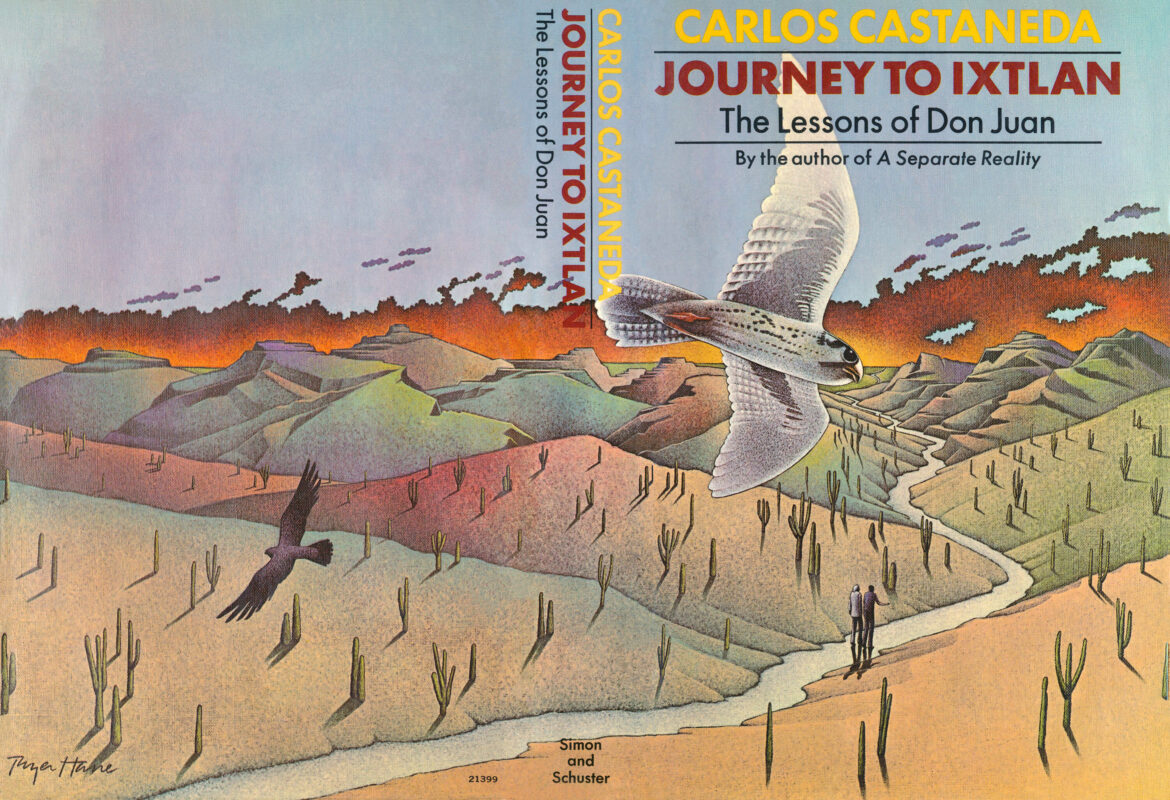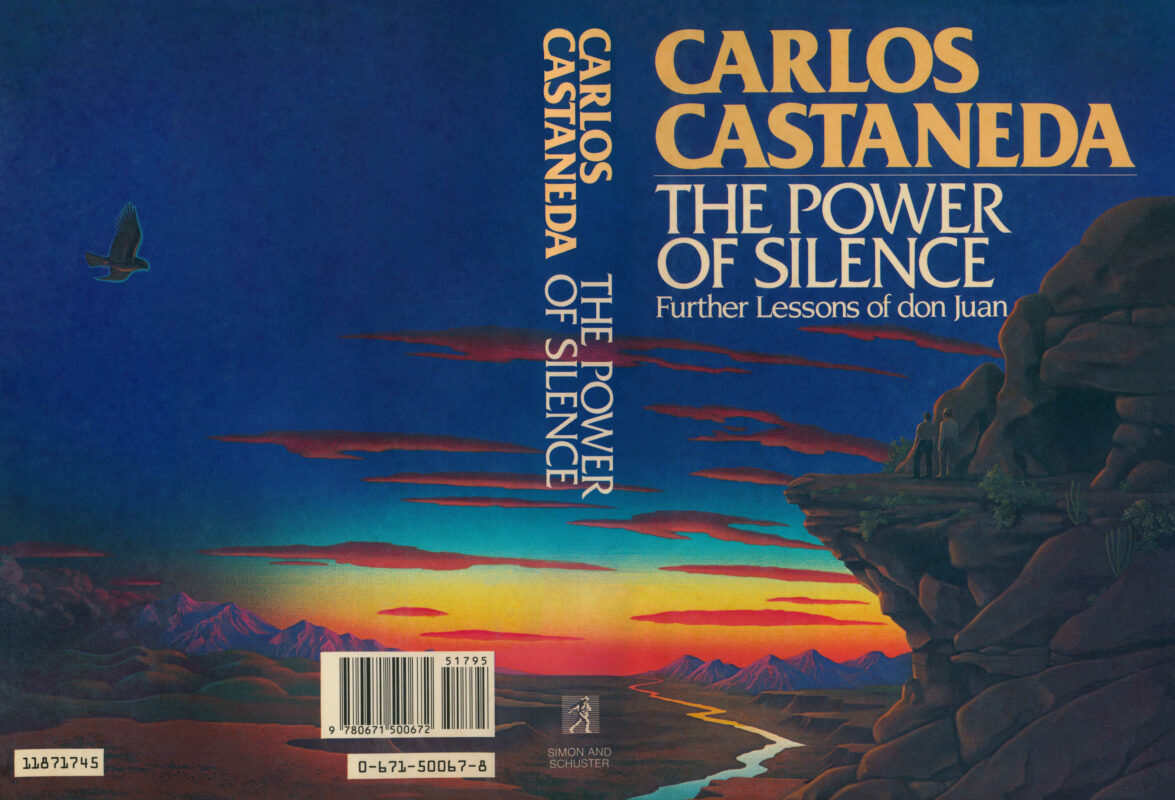Introduction
This introduction clarifies Castaneda’s decade-long apprenticeship with Yaqui sorcerer don Juan Matus, culminating in the “stopping of the world”—a state of altered perception crucial to sorcery, which he initially misunderstood as reliant on psychotropic plants. Don Juan’s teachings, which redefine reality as merely a “description,” involve “seeing” beyond conventional “looking,” and he employs unique, often shocking, tactics to break ingrained perceptions. The narrative details how Castaneda’s early notes, previously discarded due to their lack of focus on hallucinogens, are now reinstated as foundational to understanding don Juan’s method of teaching a new “description of the world” that challenges and ultimately transcends ordinary reality.

